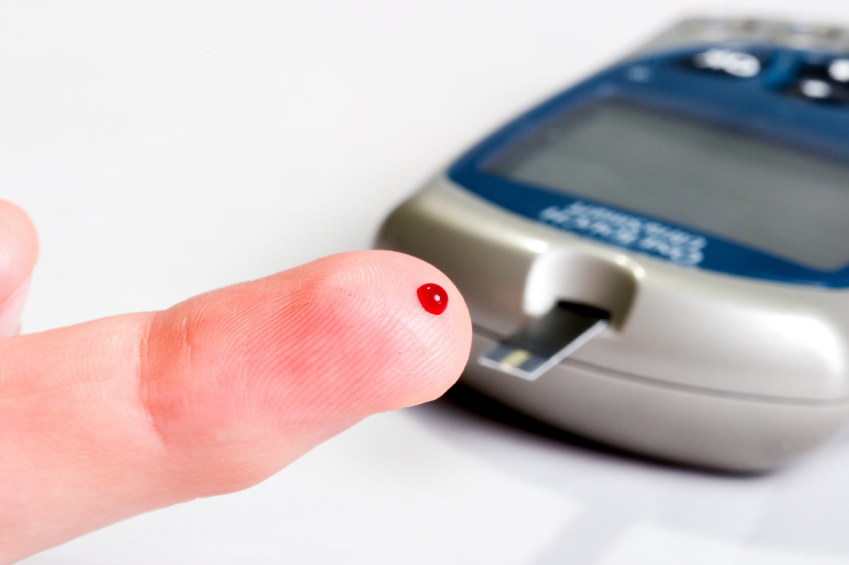
Diabetes mellitus is a chronic and progressive disease that can impact upon every aspect of a patients life. Diabetes is caused by either an insufficiency in insulin production or an impaired response to any insulin present. Insulin is used by the body to help convert glucose into energy. In diabetes the body is unable to process glucose effectively which leads to high blood glucose levels. Excessive levels of glucose in the blood are also the main cause of the vascular complications associated with diabetes.
Type 2 diabetes is commonly associated with raised blood pressure, a disturbance of blood lipid levels and a tendency to develop thrombosis. It is notable for the increased cardiovascular risk that it carries such as coronary disease (leading to heart attacks, angina); peripheral artery disease (leg claudication, gangrene); and carotid artery disease (stroke, dementia).
Diabetes is not a single disease but a group of disorders where raised bloody glucose is the most common feature. Complications arising from long term raised blood glucose occur mainly due to damage caused to the vascular system.
Objectives
- To review the aetiology of diabetes
- To understand the importance of lifestyle interventions and be able to offer lifestyle advice to people with diabetes
- To review the treatment of type 2 diabetes
- To understand adherence issues that may affect people with diabetes
- To be able to provide solutions to those adherence problems
